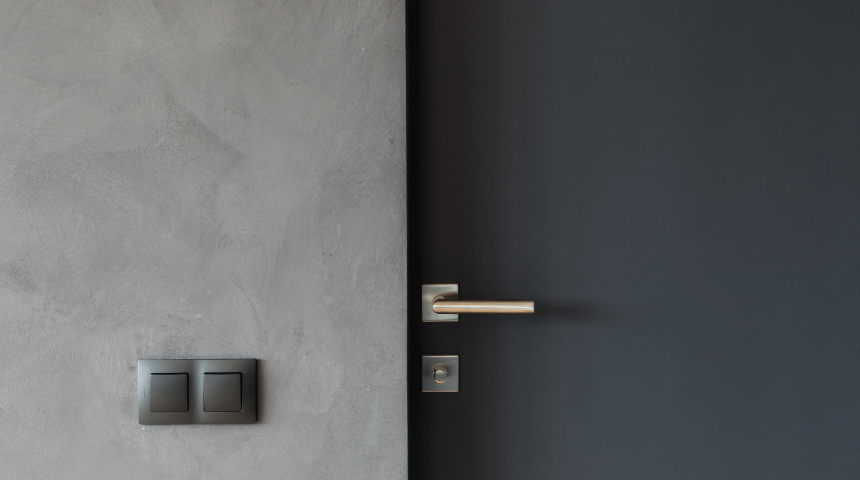
Does Low-E block RF Signals?
Many businesses and entities are increasingly concerned blocking RF Signals and safeguarding their properties from electronic eavesdropping today – and rightfully so. Any infiltration of systems can lead to stolen data, public distrust and potentially even espionage. So, can Low-E coatings block RF Signals?
There is a misconception that installing Low-E glass on a property’s windows can help serve as a strategy to shield buildings from RF Signals and prevent electronic eavesdropping. But as we’ll explain in this post, that’s not really the case. Read on to learn more about Low-E glass and why it’s not an effective strategy as well as what are effective strategies for safeguarding a property from electronic eavesdropping.
Low-E Glass Explained
Low emissivity, or Low-E, glass is known for its thin, colorless coating made up of microscopic layers of metallic particles. These particles allow some light to pass through them, while blocking heat. Essentially, it means that natural light can move into a property, but ultraviolet and infrared rays are reflected off the glass. As you might expect, Low-E glass windows are often more energy efficient than conventional window panes – a big part of what makes them so attractive.
Considering that about 70 percent of energy loss occurs in windows and doors and 90 percent of heat loss is through the glass, any opportunity to improve on this will only reduce your energy costs.
Know that Low-E glass is not “tinted” glass. Low-E coatings are added for energy efficiency purposes, while tinted glass is more for aesthetics and glare reduction. However, Low-E coatings may impact a window’s appearance, albeit not as significantly as tinted windows or glass will.
Does Low-E Glass Impact RF Signals?
Does Low-E glass impact RF signals? The answer: Maybe a little bit…
And by “a little bit,” we mean it’s probably not enough to significantly block signals from exiting or prevent signals from entering through the windowpane. Put simply, if you want to save energy and block RF signals, you’ll need to implement additional preventative measures.
Why should you implement RF blocking strategies? It’s because electronic eavesdropping is a real threat these days – and RF and IR signals that emanate from digital devices (phones, internet routers, computers, recorders, etc.) can be intercepted if they travel beyond the four walls of any building. If they’re intercepted by anyone with ill intentions, they can be used to infiltrate systems and swipe confidential data and information. Every entity is at risk of electronic eavesdropping, but certain sectors are particularly at risk. These include government entities, healthcare facilities and university buildings, among others.
How to block RF Signals
So, what’s the best way to block RF signals? By implementing RF blocking strategies throughout your property. RF films, RF foils, RF building materials (tapes, caulk, paper, etc.), certain window treatments and other products can be implemented to prevent RF and IR signals from leaving your property, thereby minimizing the chance of them being intercepted and systems infiltrated.
RF window films are one of the most popular products to help prevent electronic eavesdropping. They’re easy to install, effective and have a minimal impact on the appearance of the window. Some types of films also have value-added benefits, such as glass fragmentation control/blast protection and solar shielding.
Contact Signals Defense Today
For more information on Low-E glass and the impact it can have on RF and IR signals, and to learn more about effective strategies to block these signals, contact Signals Defense today. Our patented RF/IR film technology has been engineered to meet the most stringent U.S. intelligence community security requirements and can serve as part of an effective solution to protect your property. Contact us today for more information.
Related Blog Articles

RF/STC High Security Specialty Doors
Enhancing Privacy and Acoustic Performance in Commercial and Government...

Maximizing Privacy and Safety with Window Film and Roller Shades
Safeguarding a business or organization from data theft via its radio...
